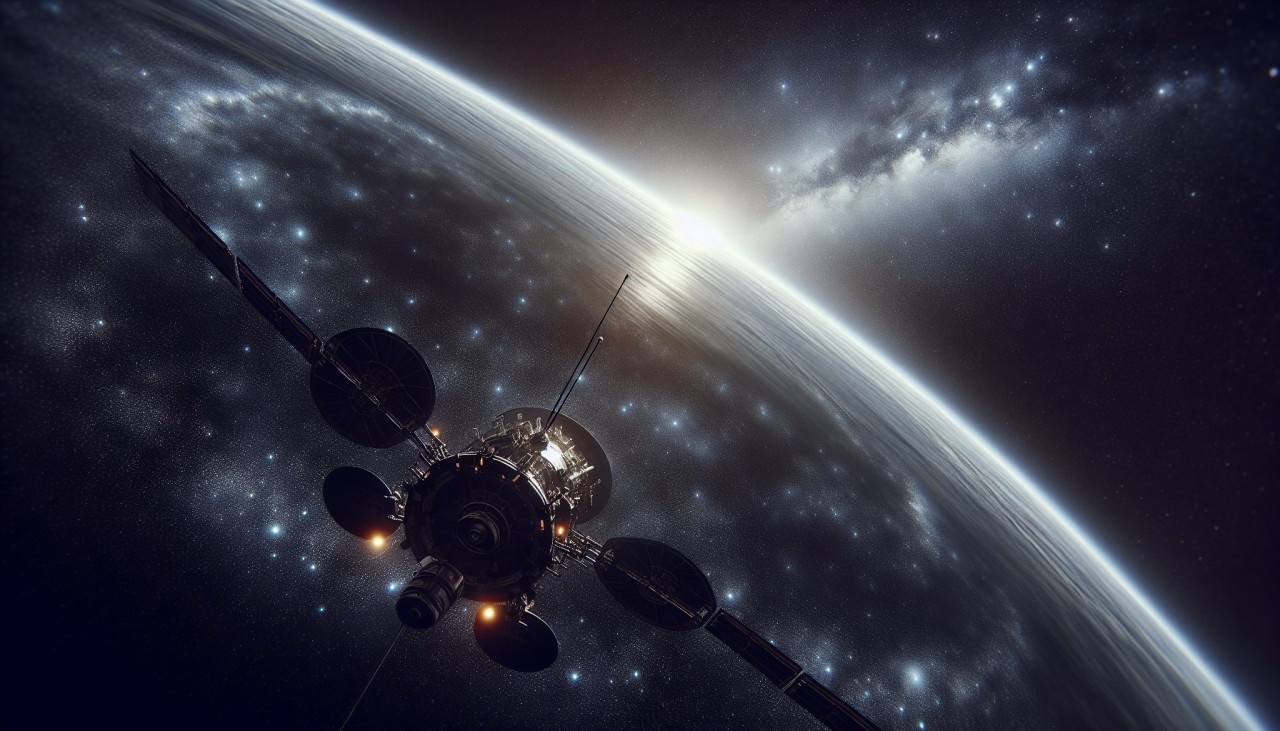


NASA's Interstellar Probe is set to embark on a groundbreaking mission to explore the outer reaches of our solar system and beyond. Scheduled for launch in the early 2030s, this spacecraft will travel approximately 1,000 astronomical units (AU) from the Sun, a journey that could take about 50 years. Its primary objective is to study the heliosphere—the protective magnetic bubble created by the solar wind—and its interactions with the local interstellar medium. By venturing into this uncharted territory, the probe aims to provide valuable data on how our Sun influences its cosmic environment and how other stars might interact with their surroundings. spacenews.com
The mission's design includes a suite of ten scientific instruments to measure energetic particles, magnetic fields, and plasma waves. These tools will work together to map the boundaries of the heliosphere and analyze the acceleration processes of particles within it. The data collected could enhance our understanding of space weather phenomena and their potential impacts on Earth. Additionally, the Interstellar Probe is expected to encounter minor planets on its trajectory, offering opportunities for further scientific discoveries. This ambitious endeavor represents a significant step forward in our quest to comprehend the vast expanse of space that lies beyond our immediate cosmic neighborhood. spacenews.com